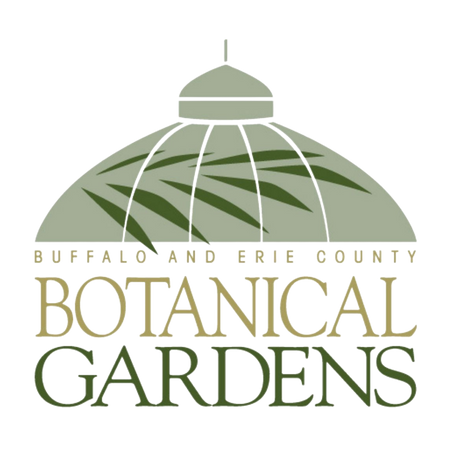House 3- The Rainforest
The Rainforest House 3
Our other newest exhibit space features a redesigned waterfall surrounded by a collection of bamboo and other horticultural treasures found in southeast Asia. This exhibit also features a decorative tea house, a moon gate, a collection of orchids, bonsai and more.

A redesigned waterfall is surrounded by a collection of bamboo and other horticulture treasures found in southeast Asia. This exhibit also features a decorative tea house, a moon gate, a collection of orchids, bonsai and more.
What can you find in this greenhouse?

Moon Gate

Buddha Statue

Bananas, Musaceae
While they may look like trees, bananas are actually just large herbaceous plants! These large plants can grow to be 30 feet tall. It takes around 10-15 months for a banana plant to produce an inflorescence, or flower stalk. Bananas mature and ripen 60-90 days after the inflorescence appears. We have many different types of bananas in our grove. Though many of them are edible, they won't taste like the bananas we're used to eating. The bananas that are sold in grocery stores are Cavendish bananas. Cavendish bananas are sweeter than other types of bananas.

Bamboo, Bambusoideae
Bamboo is a tall and fast-growing grass. Species range in height from one foot to 100 feet tall. It also grows and spreads quickly, able to reach its full height in an average of five years. This exhibit features many different species of bamboo, including a Sunburst Bamboo and a Blue Bamboo.



The term bonsai (bone-sigh) does not actually refer to a specific type of tree or plant. Bonsai is an art form, originally from Japan and China, that involves growing trees in pots or trays. To make a bonsai, a young tree is carefully planted in a shallow pot. The shallow pots keep the roots of the tree short, stunting its growth. In order to keep the branches small and control its shape, bonsai trees are regularly trimmed. There are many different styles and shapes of bonsai. People often use wire to shape the trunk and branches of the tree to create different styles.

